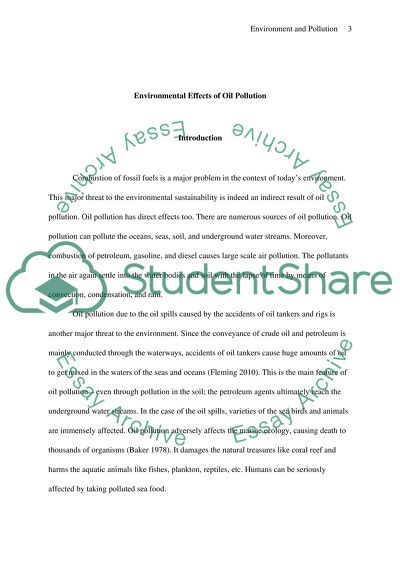Cite this document
(“Environmental effects of oil pollution Essay Example | Topics and Well Written Essays - 2500 words”, n.d.)
Retrieved from https://studentshare.org/environmental-studies/1413985-environmental-effects-of-oil-pollution
Retrieved from https://studentshare.org/environmental-studies/1413985-environmental-effects-of-oil-pollution
(Environmental Effects of Oil Pollution Essay Example | Topics and Well Written Essays - 2500 Words)
https://studentshare.org/environmental-studies/1413985-environmental-effects-of-oil-pollution.
https://studentshare.org/environmental-studies/1413985-environmental-effects-of-oil-pollution.
“Environmental Effects of Oil Pollution Essay Example | Topics and Well Written Essays - 2500 Words”, n.d. https://studentshare.org/environmental-studies/1413985-environmental-effects-of-oil-pollution.


